Gardening isn’t just about greenery and colorful blooms it can also be a culinary adventure. Many flowers aren’t just stunning to look at but also offer delightful flavors that elevate salads, desserts, and beverages. While popular edible flowers like nasturtiums and violets get most of the attention, there’s a world of rare edible blooms waiting to be discovered. These unique flowers will not only add beauty to your garden but also surprise your taste buds in the kitchen. Let’s explore ten rare edible flowers you should consider planting!
1. Bee Balm (Monarda didyma)
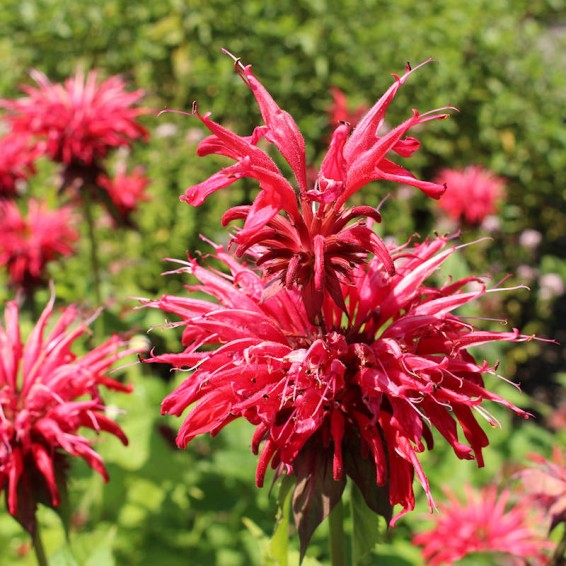
A vibrant, spiky flower often overlooked for culinary use, Bee Balm offers a zesty, citrusy-mint flavor that’s perfect for adding a twist to salads, fruit dishes, and herbal teas. Its striking red, pink, or purple blooms attract pollinators like bees and hummingbirds while gracing your garden with bold, wild beauty. The petals can be sprinkled fresh on desserts or used to infuse syrups and vinegars, offering both aesthetic charm and a burst of unique flavor.
2. Anise Hyssop (Agastache foeniculum)

With delicate lavender-blue flowers and aromatic leaves, Anise Hyssop brings a subtle licorice flavor to culinary creations. The flowers can be used to garnish cakes, steeped in teas, or added to fresh salads for a hint of sweetness. Not only do these blossoms add visual appeal, but they’re also known to attract beneficial pollinators, making them a double-duty addition to any edible garden. Its slightly minty-anise taste is refreshing and unexpected.
3. Scarlet Runner Bean Blossoms
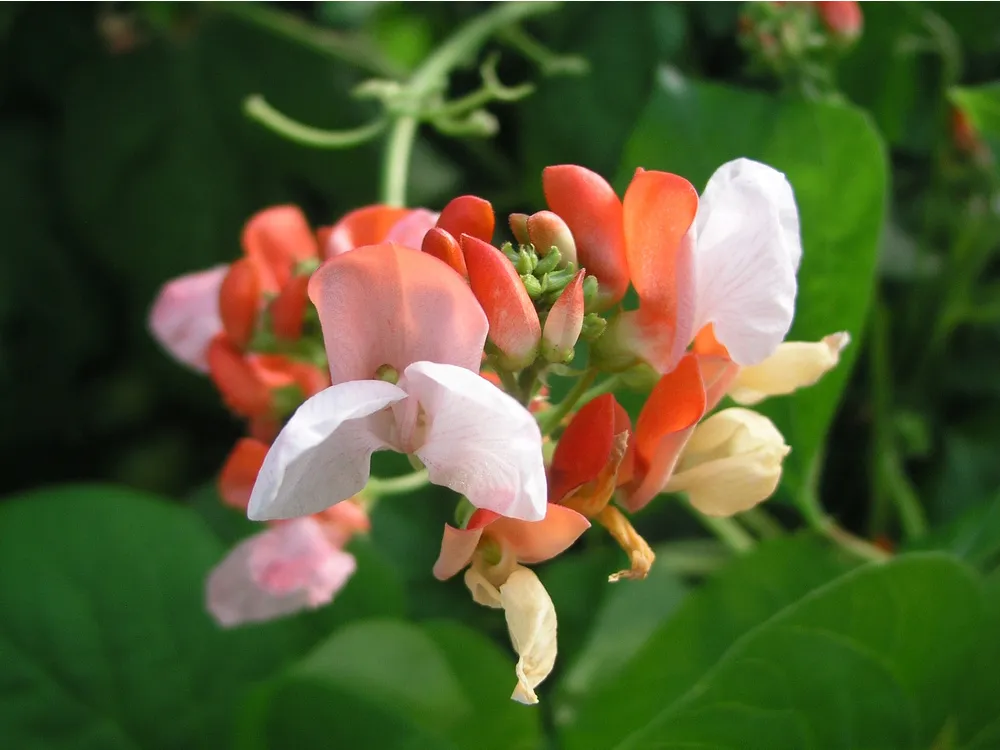
Most people grow Scarlet Runner Beans for their vibrant pods, but the fiery red flowers are also edible and mildly sweet with a bean-like flavor. Toss them into salads for a splash of color or use them to decorate savory dishes. These stunning flowers make an eye-catching garnish and are excellent when lightly sautéed or added to soups. Plus, they’re magnets for bees and hummingbirds, adding life and movement to your garden.
4. Chrysanthemum (Chrysanthemum coronarium)
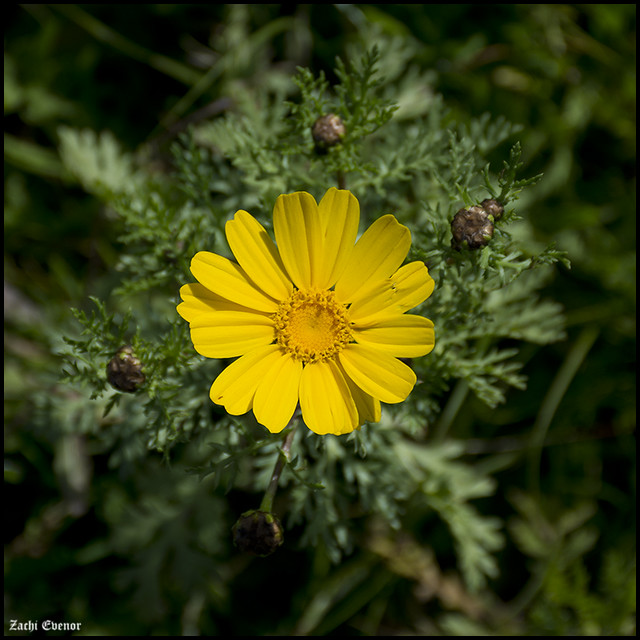
While commonly admired in floral arrangements, certain types of Chrysanthemum, especially garland varieties, are edible. The petals have a slightly bitter, herbal flavor that complements rich, fatty dishes. In Asian cuisines, they’re often blanched and tossed into soups or hotpots. The flowers can also be dried and brewed into a soothing tea. Their unique flavor and daisy-like appearance make them a rare but rewarding addition to both your garden and your table.
5. Society Garlic (Tulbaghia violacea)
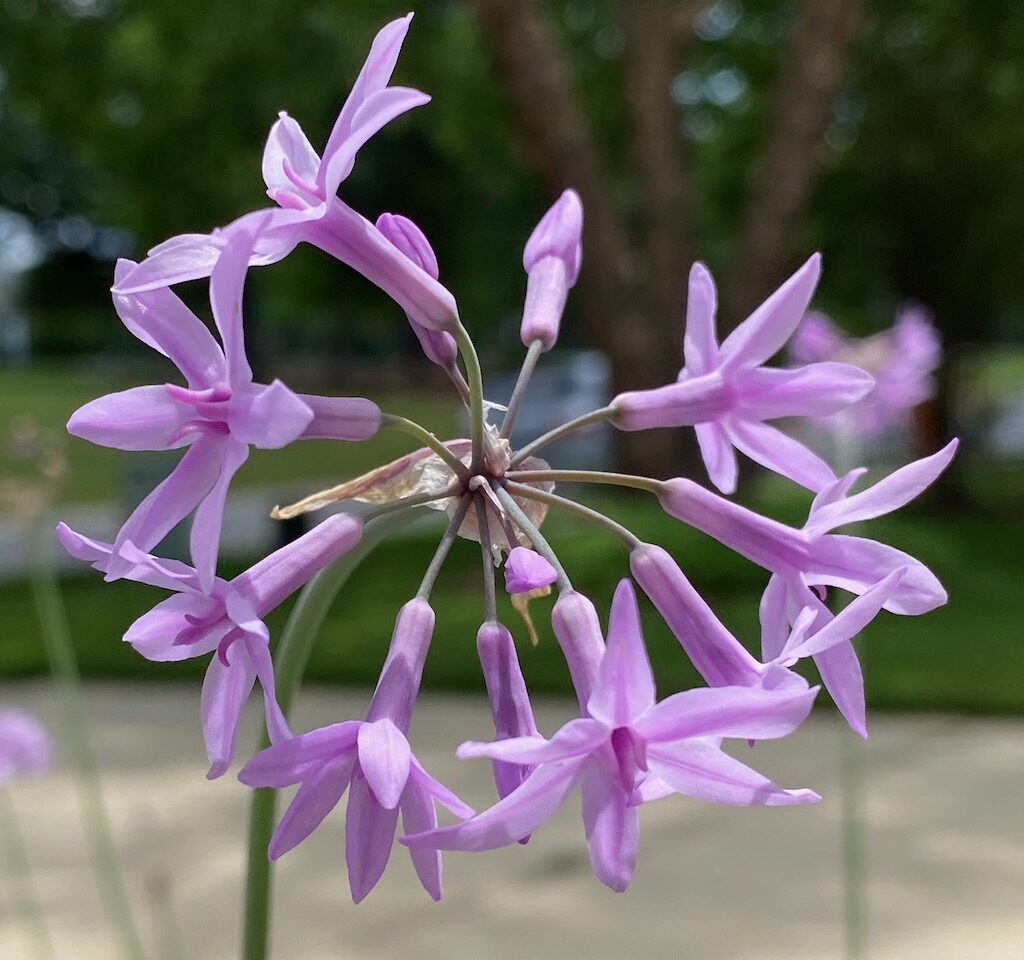
With its delicate, lavender-pink blooms, Society Garlic offers a milder, sweeter garlic flavor compared to traditional garlic cloves. Both the leaves and flowers are edible, with the flowers adding a mild oniony note to salads, pastas, and spreads. It’s a hardy, drought-tolerant plant, making it perfect for low-maintenance edible landscaping. The flowers also serve as a natural pest repellent in your garden, keeping unwanted insects at bay.
6. Dianthus (Dianthus caryophyllus)
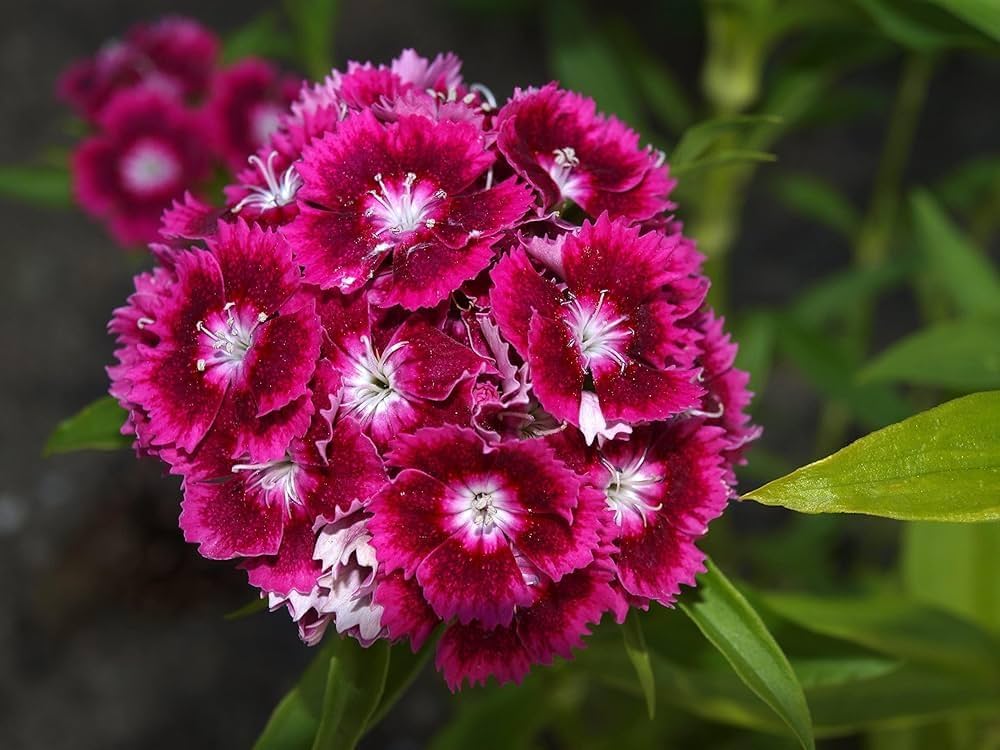
These frilly, spicy-scented flowers are not only beautiful but also edible, with a flavor reminiscent of clove and nutmeg. Petals from Dianthus can be used to flavor syrups, jellies, and desserts, or simply as a colorful garnish on cakes and salads. Ensure to remove the bitter white base of the petals before using. Their vivid hues of pink, red, and white brighten up any garden while offering a warm, spicy addition to your culinary creations.
7. Borage (Borago officinalis)
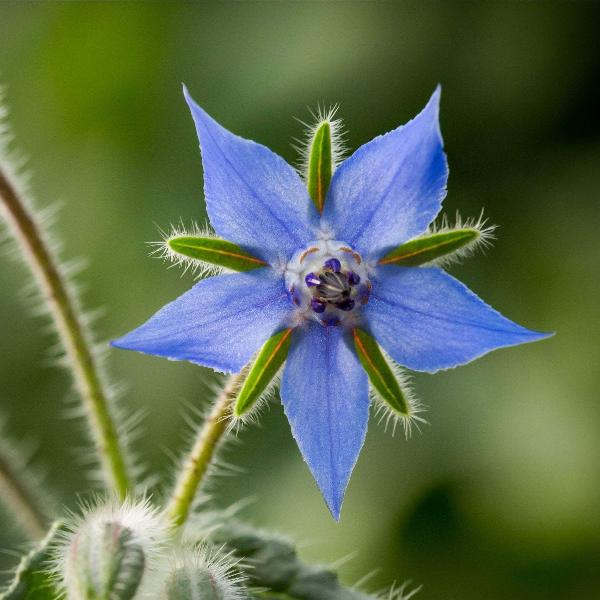
Recognized by its star-shaped blue flowers, Borage has a subtle cucumber-like flavor that’s refreshing in drinks and salads. These striking flowers can be frozen into ice cubes for summer cocktails, scattered over a fresh fruit salad, or added to cold soups like gazpacho. Beyond their culinary use, Borage blooms draw in pollinators and beneficial insects, making them a vital companion plant for organic gardens. Its soft blue hue adds a tranquil touch to your green space.
8. Hibiscus (Hibiscus sabdariffa)
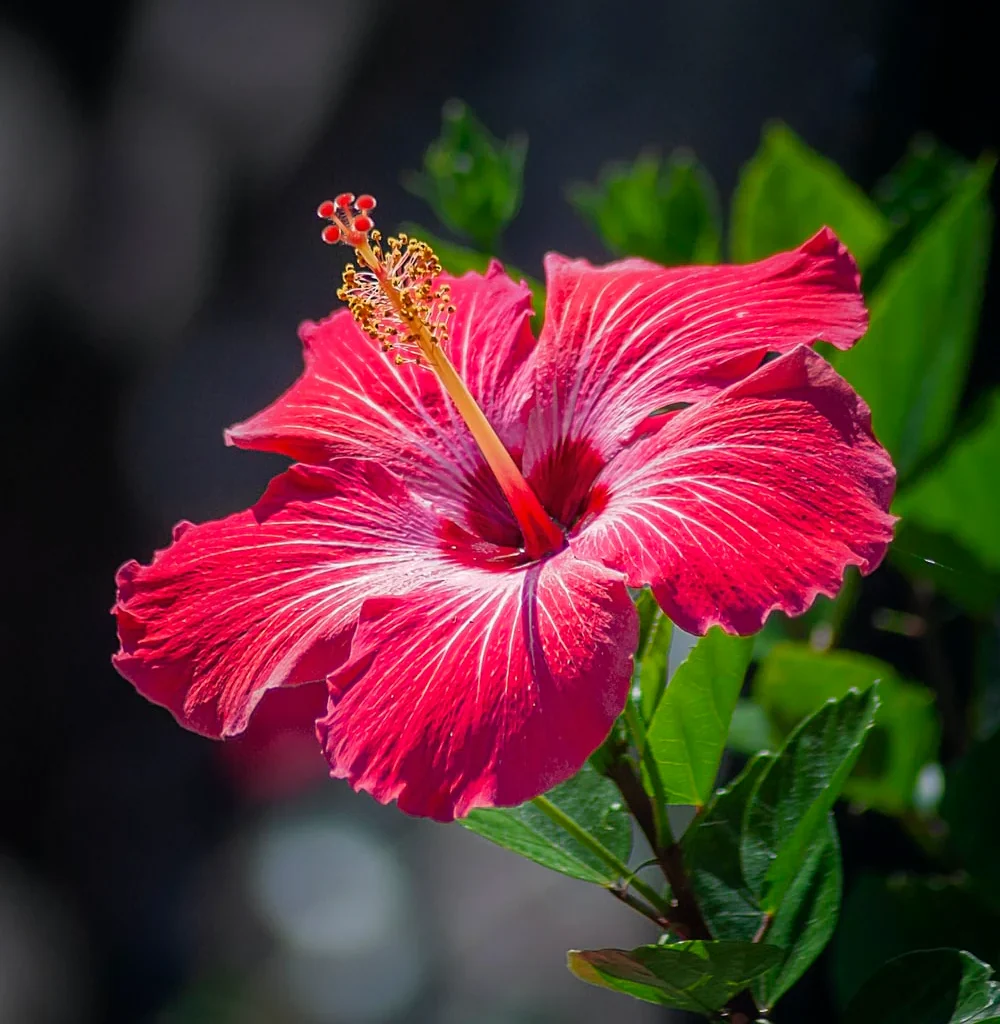
Known for its bold, showy flowers and tart, cranberry-like flavor, Hibiscus blooms are a favorite in teas, jams, and syrups. The petals, particularly from the Roselle variety, are often steeped to create bright, tangy beverages loaded with antioxidants. Fresh or dried, these flowers bring a tropical flair to your garden and kitchen. The plants themselves are large and striking, with their lush leaves and vibrant flowers adding an exotic element to any garden setting.
9. Calendula (Calendula officinalis)

Sometimes called “poor man’s saffron,” Calendula’s golden-orange petals have a slightly peppery, tangy flavor that pairs well with savory and sweet dishes. Use the petals to brighten up salads, rice dishes, or baked goods. Calendula also boasts anti-inflammatory and healing properties, making it a valuable addition to both the garden and herbal remedies. Its cheerful blooms not only flavor your food but also lift the mood of any outdoor space.
10. Daylily (Hemerocallis spp.)

Often mistaken as purely ornamental, Daylilies offer a surprising culinary experience. The flower buds and open blooms have a mild, slightly sweet flavor, often likened to asparagus or green beans. They can be stuffed, battered, and fried, or used fresh in salads. Daylily flowers come in a variety of stunning colors, providing a feast for the eyes and palate. Ensure to identify the edible varieties, as some types may cause stomach upset.

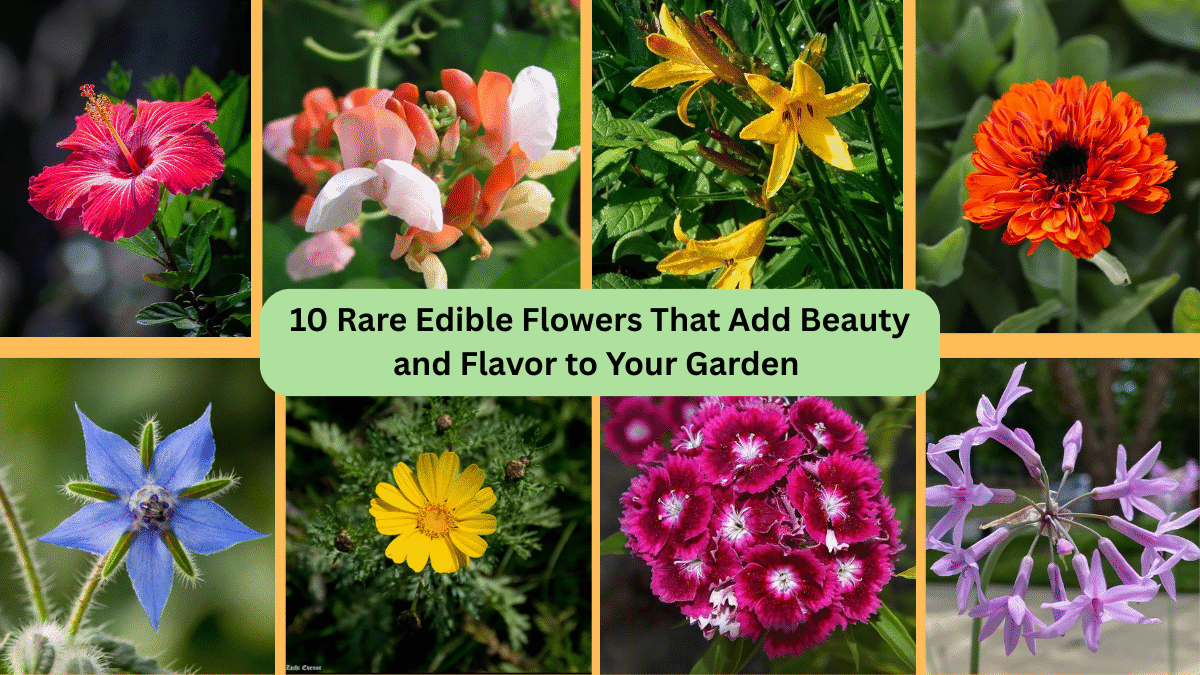

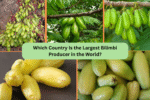
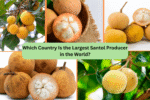
Leave A Comment